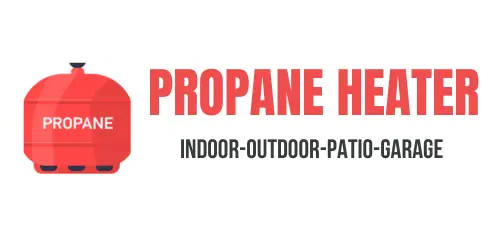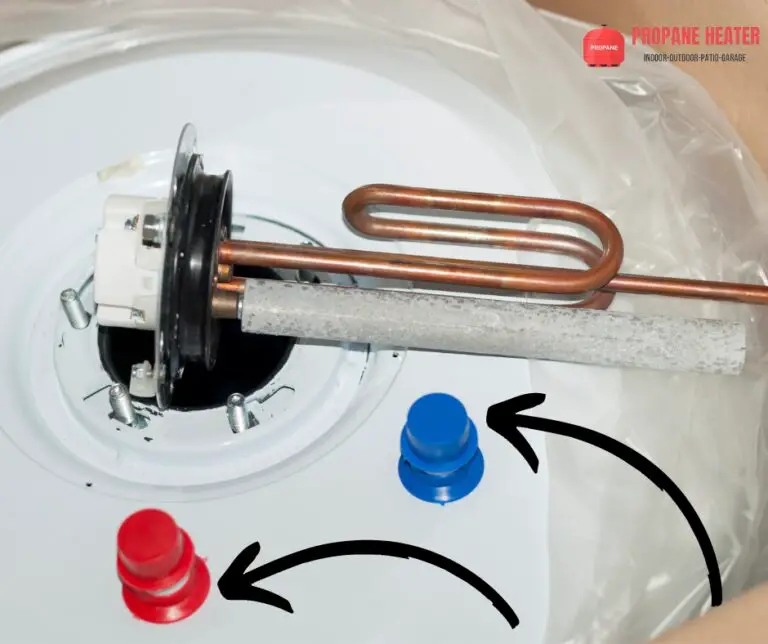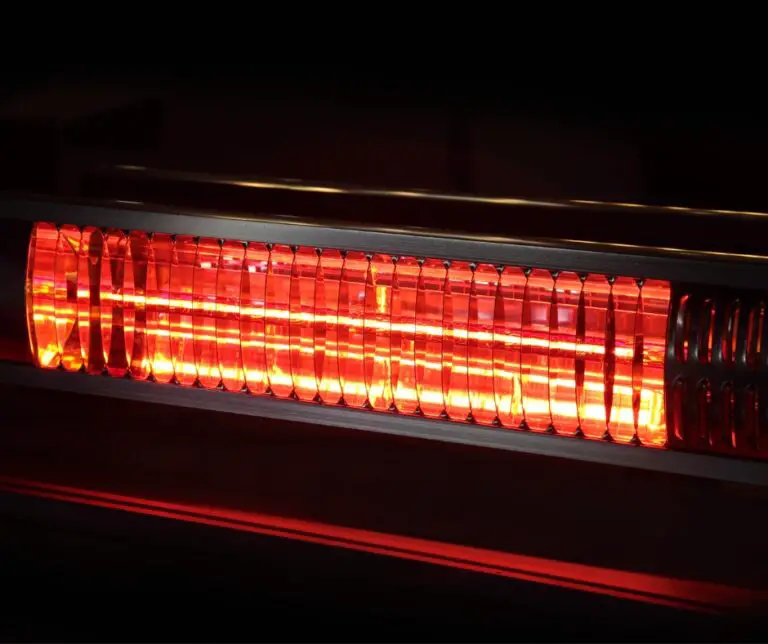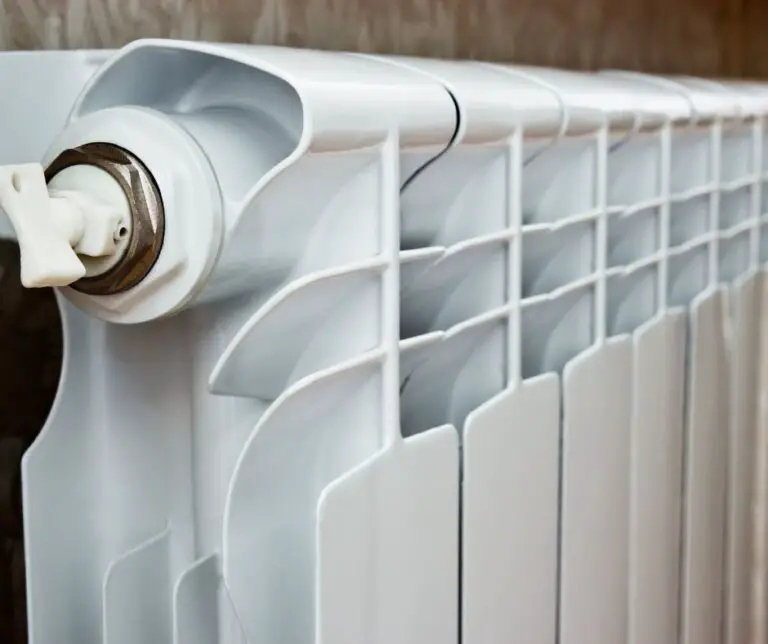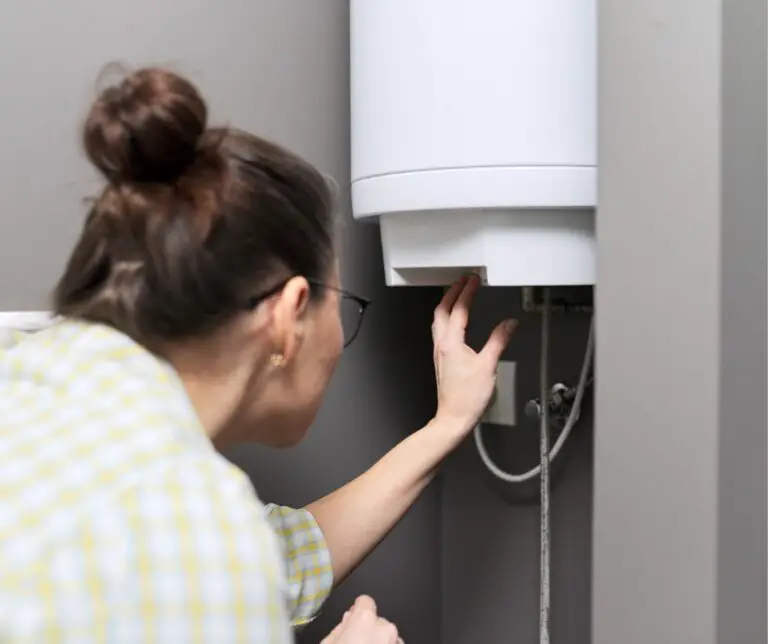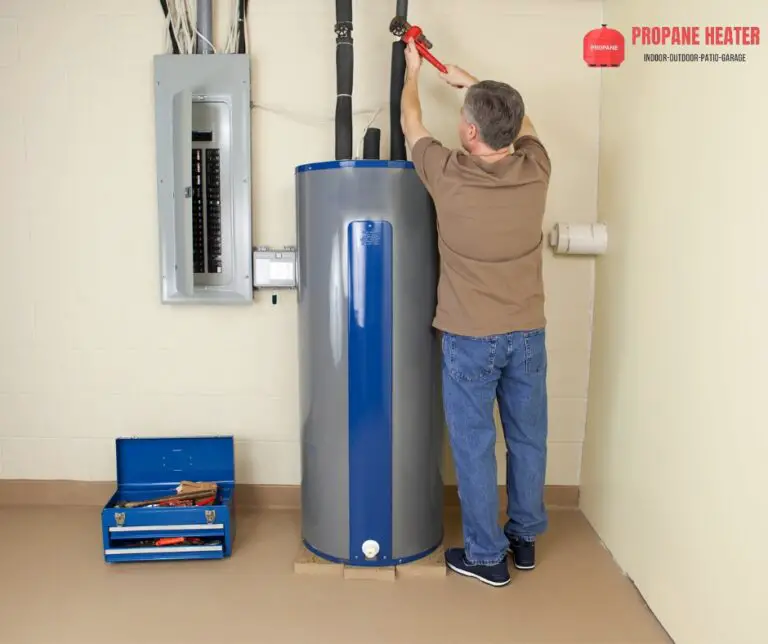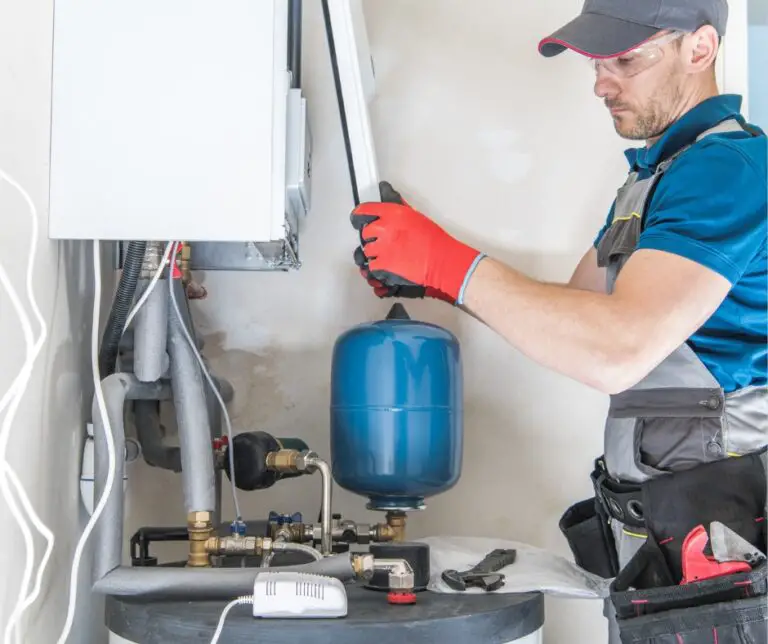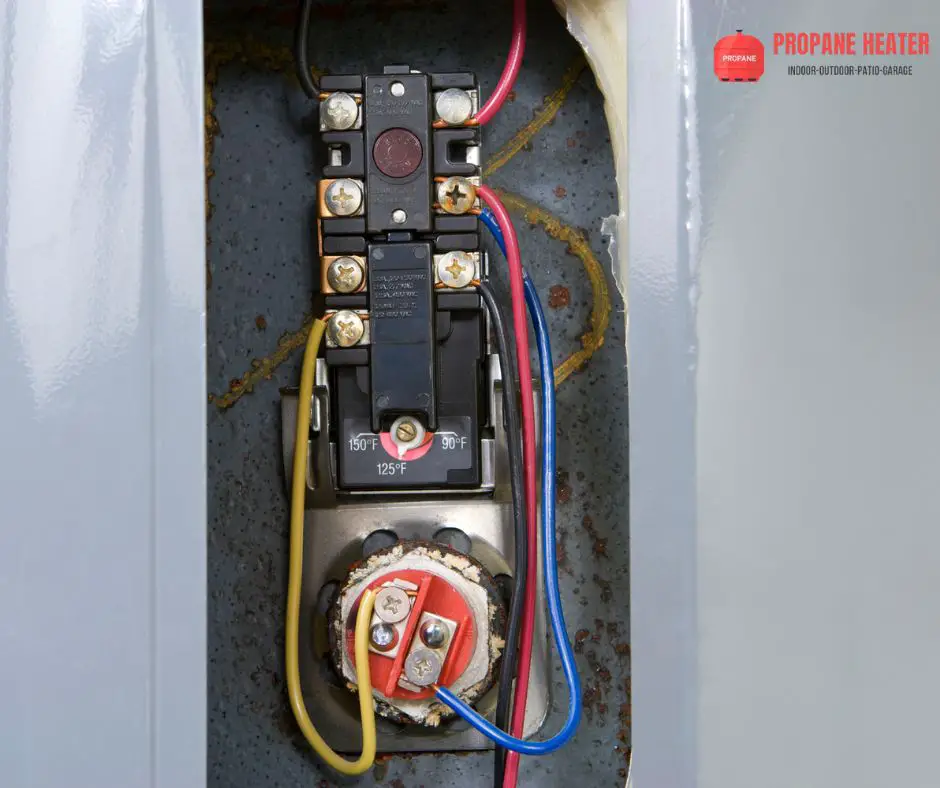
If you’re considering replacing the electric wire from your breaker box to your tankless water heater, you may wonder whether to use 8/2 or 8/3 wire. This article explains the factors determining which type is best for your setup.
8/2 or 8/3 Wire for Tankless Water Heater
8/2 wire is a better choice than 8/3. It’s more durable, and it can handle more amperage. This type of wire is also less expensive than 8/3. The 8/2 wire is the same as the 8/3 wire but has different insulation. The 8/2 wire has thinner insulation than the 8/3 wire, and it’s rated for less heat exposure.
Factors Determining Wire Usage for Tankless Water Heater
As a general rule, select an 8-gauge wire if the tankless water heater has a 40 amp or less electrical load. If it has an electrical load higher than 20 amps, use a 10-gauge wire. Here are some factors that determine the wire you can use on your tankless water heater:
Water heater amp draw
You need to be concerned with the amp draw of your water heater when buying the correct wire. It’s important to know that if you choose a wire that is too small (like 20 AWG) or too big (like 10 AWG), you risk frying the entire circuit.
The maximum current an 8 AWG copper wire can carry is 40 amps, which means it will work fine for most electric water heaters running at a maximum of 18.8 amps. So if you want to be safe, go with 8 AWG copper wire for your tankless water heater installation project.
The material of the wire
The wire used in your tankless water heater can be made of copper, aluminum, or steel. Copper is the best choice because it has excellent conductivity, allowing it to conduct electricity quickly and efficiently without creating a lot of heat. The result is that a copper conductor will have a higher amp rating than aluminum or steel wires with similar diameters.
Aluminum also has good conductivity but comes with its own set of issues: its lower conductivity means that an aluminum conductor requires more space than a comparable-diameter copper wire for the same current carrying capacity. This means you’ll need thicker wires if installing an 8/2 system.
Length of wire
The length of the wire is essential for safety since it affects how much resistance there is in the circuit. The longer the wire, the more resistance, and the more resistance there is in a circuit, the more heat is generated. You want to keep this heat at bay so as not to cause any fires or damage your electrical appliances.
If the wire is too long, then there will be an additional voltage drop due to increased resistance due to its length. This causes an increase in temperature on either side of where power enters the device. This makes it unsafe because increasing temperature reduces the life expectancy of components inside the device, especially if connected directly without any branch-offs.
You can run 8 AWG copper wires for 62 feet in a 120V circuit, 124 feet in 240V, and 249 feet in 480V; their objective is to keep maximum voltage drop at 3 percent or less so that nothing gets damaged due to overheating problems.
Wire size or AWG wire ampacity
AWG size measures the wire’s diameter, which is just how thick it is. And it’s an essential factor when choosing your tankless water heater wire. Your size will determine how much current your wires can safely carry.
The AWG gauge table shows the amount of current that different AWG sizes can safely transport. For example, a copper 14 AWG wire has a median ampacity at 75°C (167°K) of 20A, so it can safely carry an electric current of up to 20 amps.
To determine the water heater wire size needed, you have first to understand how much electricity your electric heater draws and then match those amps with an adequate wire thickness.
How Many Amps Can 8 Gauge Wire Carry?
Eight gauge wire can handle a maximum of 40-55 amps with a very slim chance of handling 55 amps safely. That said, non-metallic cables can only withstand 40 amps. This increases dramatically to 55 amps if you use copper wires but still falls to 30-45A for aluminum wires.
It’s good to note that these estimates are based on a 105°C ambient temperature. If the temperature rises above this level, then the ampacity drops by 10%. This is because higher temperatures will increase the resistance of your cable.
What Happens If I Use The Wrong Wire Rating To Wire My Tankless Water Heater?
The most common mistake customers make when purchasing a tankless water heater is not buying enough wattage to operate their unit. Many people think using their old electric water heater setup will work for their new tankless unit, but this is sometimes true.
If you use the wrong wire rating to wire your tankless water heater, you can burn the wire; it can overheat and melt or catch fire. To correctly wire a tankless water heater, you need to understand how much power it uses and how many watts are required for your specific model.
What Size Breaker for an Electric Tankless Water Heater?
The breaker size you need depends on the wire size and how much current it will carry. Make sure that the breaker is rated for the maximum current draw of your tankless water heater.
For continuous operation, the breaker should also withstand exposure to 240VAC at 50/60Hz. It’s also vital that your tankless water heater be protected against overcurrent, short circuit, and ground fault conditions.
Conclusion
In conclusion, many factors go into choosing an 8/2 or 8/3 wire for your tankless water heater. The main difference between these two types of cables is their gauge, which dictates how much current will flow through them at any given time. The higher the gauge number, the smaller the diameter of the copper wire, which makes up the entire strand. This means less resistance and lower temperatures at which it melts when exposed to too much heat over long periods.

I am Richard A. Jackson man behind propane heating solution, An HVAC expert working as a team lead of the heating department, Provide services all over the USA (around all major cities), and from planning to implementation, you will get all your solution here. We provide various tanks (propane and other natural gases) and deal with disposable waste.
